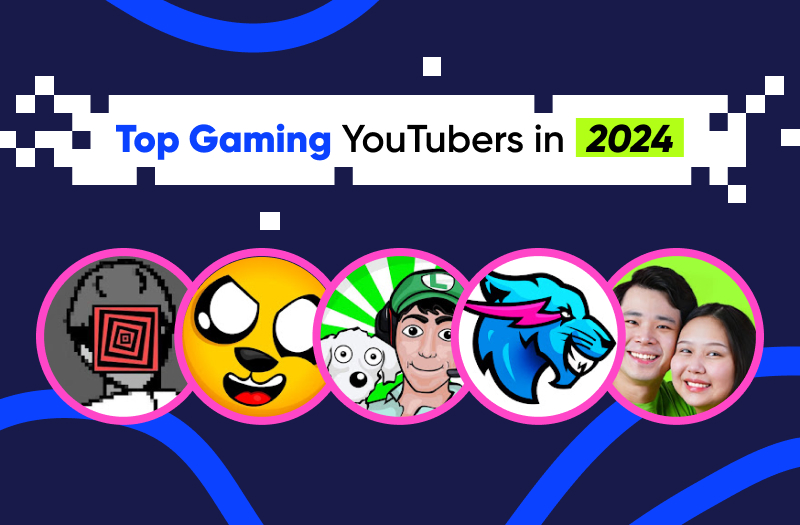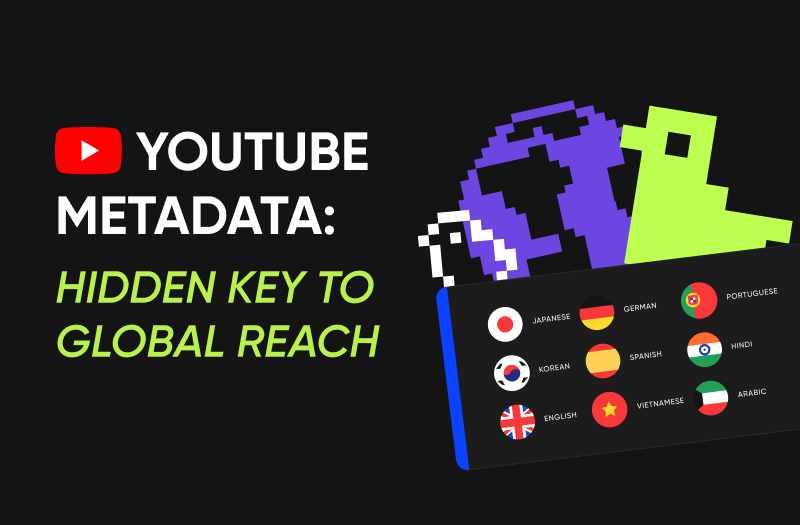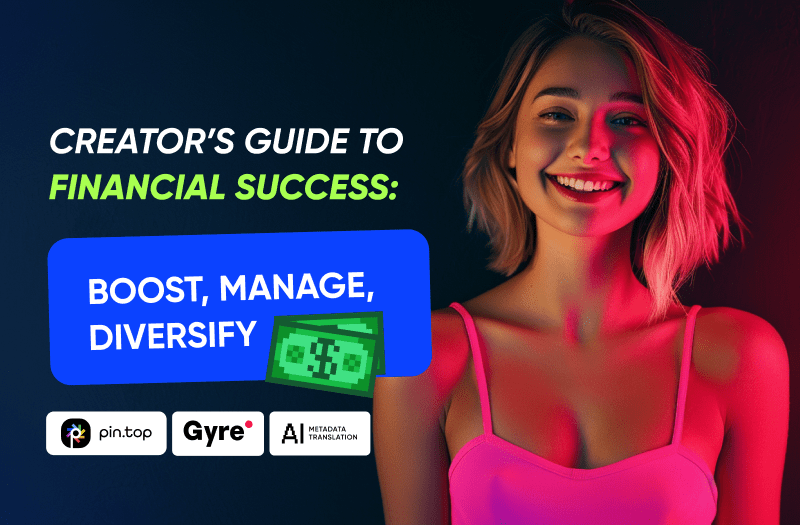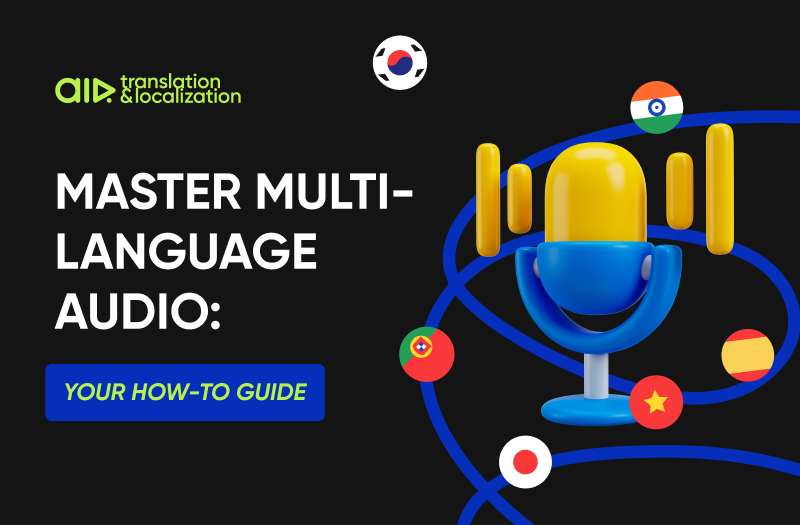
So, you’ve been pouring your heart and soul into your YouTube channel. Your subscriber count climbed steadily, your videos were getting views, and everything seemed to be going great. But then, out of nowhere, your growth hit a brick wall. Your channel stopped developing, and you found yourself staring at the same view counts day after day. Frustrating, right?
Running a truly successful YouTube channel is much more than just uploading videos whenever you feel like it. It requires strategy, continuous improvement, and a deep understanding of what keeps your audience coming back for more. So, how do you get back on track? Imagine this: You’re a doctor, and your channel is your patient. Just like any good doctor, you need to perform a thorough check-up to diagnose any problems and prescribe the right treatment. This is where a YouTube channel audit comes in.
Question 0: What’s a YouTube Channel Audit and Why Do I Need It?
Think of your channel as a town. In the beginning, everything was new and exciting. The buildings (your videos) were shiny and appealing, and the streets (your content strategy) were well-planned and bustling. However, over time, the city started to show signs of wear and tear. Some areas became neglected, while others seem to be over-focused but you, as the town’s mayor, don’t notice these small things, because you are focused on the bigger picture.
Enter the YouTube channel audit, your city’s expert urban planner. A channel audit is like a comprehensive review of your entire town, aimed at identifying areas that need to be improved, and that require your focus. The audit usually involves delving deep into the areas you didn’t even realize could be a problem in the long run. The goal? Once the audit had successfully identified the issues your town might be facing, you could think of strategies to implement so the original problems could be addressed and fixed accordingly.
Yes, but why do you need it, you might ask? Well, just like a town needs regular maintenance to thrive, your YouTube channel needs regular audits to stay competitive in the ever-growing market of entertainment. Now, you have a choice in the matter, you can always hire an urban planner (a certified YouTube partner such as AIR Media-Tech) or do it yourself! With a bit of knowledge and the right tools, you could do it yourself. Sure, it might be hard and confusing, but it’s doable and we’re here to show you how.
Our partners recently reached 125 billion YouTube views, achieving milestones of 100K, 1M, 10M, and 100M subscribers. AIR Media-Tech is the ultimate space for content creators, offering tools and solutions for every challenge you might face. Join AIR Media-Tech and apply for a professional channel audit!
Question 1: What Do You Want to Achieve?
Before you dive into the YouTube channel audit, establishing your goals cannot be underestimated. After all, you’re setting out on a grand adventure here! Without a destination or a map, you will just end up aimlessly walking around. The same core principle applies to auditing. You need to set clear, achievable goals to give you a pull of direction, but also keep you motivated as you work towards said goals.

First, take a step back and ask yourself: What is it you want to achieve with your YouTube channel? A simple question at first glance, but it’s the cornerstone of your entire video audit process. Your goals can be real or abstract. For example, a real goal would be to increase a sub count, improve the engagement on your videos, or boost the views. An abstract goal would be making sure each post you upload on social media has a link or a mention of your video, which might or might not attract more viewers to your channel.
Once you have your goal set, you should break it down into smaller achievable actions. Let’s say your overall goal is to up your sub count by 15% over the next half a year. How do you plan that to happen? What steps do you take from there? You might need to immediately improve the quality of your videos and perhaps optimize your video titles and descriptions. By setting a clear, quantifiable goal, you make it not only achievable but also easier to track your progress.
Question 2: How Does Your Competitor Do It?
You’re a YouTube creator on a mission, but you’re not the only one with that bright idea. There’s a whole bunch of similar creators out there, but don’t let that discourage you. Your competitors are not only your rivals for viewer’s attention (which might be limited, since nobody wants to see two similar videos), but they are also your teachers in a way. The next step in your channel’s self-audit is to play detective and scrutinize the competition.
You must understand, first and foremost, who your competitors are. Don’t just pick the big names too, by picking the top five gaming channels you will only discourage yourself from even trying because the amount of engagement they get is nowhere near yours. Pick the channels that are similar in size to yours, but which seem to be growing faster than you are. By understanding what their advantage is, you can figure out a way to beat them.

Now it’s time to dive deep. Start by examining their content. What types of videos do they produce? Pay special attention to their most successful videos and take notes. Next, look at their SEO strategies. How are their titles, descriptions, and tags optimized? Are they using any specific keywords that you might be missing out on? Tools like VidIQ can help you uncover the keywords that drive their success forward.
Engagement is another critical area. How do your competitors interact with their audience? Do they respond to comments, or create community posts? Benchmark their performance against yours using metrics like sub-growth rate, average view duration, and engagement rate. Are they consistently outperforming you? If so, why? Is it their production quality, the frequency of uploads, or perhaps their unique point of view on certain topics?
By doing this you will get a much clearer picture of where you stand and what are some areas you might need to improve. Remember, this isn’t about copying your competitors and their every move – it’s about learning from their successes and adapting your strategy to fit your unique style.
Question 3: What to Look for in a YouTube Channel Audit?
Your channel's branding is everything in terms of content searchability. It should be cohesive and instantly recognizable. Check if your channel art, profile picture, and overall aesthetic align with your brand identity. Consistency in branding builds trust and makes your channel more memorable.
Our experts have audited thousands of channels, from beginners to those with over 100 million subs. Read the key points to know what to look for during an audit down below or apply for a professional channel audit here.
Content Quality and Consistency
- Quality: It starts with the script, camera, lighting, and editing. Your content must be appealing visually and in its essence.
- Engagement: How engaged your viewers are? Are they liking, commenting, and sharing your videos? High engagement rates are a strong indicator of a healthy channel. Look at your audience retention metrics. Are viewers watching your videos all the way through, or are they dropping off after a few minutes?
- Consistency: Are you uploading videos regularly? Establish a consistent schedule that your viewers can rely on. This not only keeps your audience engaged but also signals to YouTube's algorithm that you’re an active and reliable creator.
YouTube Metadata Optimization
- Keywords: Are they relevant to what is within your video? Do they represent your content? Are you using relevant keywords that your audience is searching for? Tools like VidIQ can be incredibly helpful in identifying the right keywords. Make sure your metadata is not only keyword-rich but also enticing enough to encourage clicks from all over the world.
- Descriptions: Do you include all the relevant links to your socials or the products you advertise? Are your descriptions around 300-600 words, containing the key moments from your video with a proper next step afterward? (watch another video, follow you on socials, leave a comment).
- Tags: Are your tags relevant to your video content? Are they broad enough to capture a wide range of search queries?
Channel Branding and Layout
- Art and Logo: Your art and logo need to look neat and professional. It has to reflect the soul of your brand and represent you as a creator. Poor quality or offensive content can drive the viewers away from your page.
- End Card: Be sure to leave 20 seconds of the video for an end card with several interactive elements such as newer videos, subscribe buttons or other important links.
- About Section: Provide a detailed description of what your channel is about, and use relevant keywords in your channel’s description.

Playlists and Organization
- Playlists: Playlists can be a singular most useful tool to give your channel a proper structure. Do you use them enough? By clustering similar videos on your channel together you enhance the viewer’s experience and help them transition seamlessly from one video and straight into another without searching for similar content themselves.
- Channel Layout: Aside from picking the perfect art and logo to represent your channel and the type of content you produce, use sections to organize said content on your channel homepage. Highlight the best-performing video or put the channel’s trailer on the very front page.
Question 4: What Does Your Audience Think?
Now that you’ve sized up your competition and figured out your channel’s weaker sides, it’s time to turn the spotlight to the people who matter most: your audience. It’s time to dive head-on into understanding how your viewers interact with your content and what drives their engagement.
How Have They Reacted to Your Content So Far?
Surely as an experienced content creator, you’ve been creating and uploading videos already. This means that you have also interacted with your audience before. Now it’s time to dissect that engagement to extract some valuable insights. For that, you can use YouTube’s analytics tools.
What’s your average viewer engagement? Which videos are racking up views, likes, comments, and shares? What videos sparked significant sub-growth? Which videos your audience is watching from start to finish? Which videos have higher dislike ratios? How many viewers stick around until the end of your videos and what percentage drops off after the first 30 seconds? These are the questions that you need to be responding to regarding your content to properly understand your audience’s interest levels.

If you’ve struck gold with a few videos, it’s time to dig into what made them shine. Look for patterns here. Seek similarities in structure, descriptions, consistency in style, or CTR elements (click-through rates). Identify what you did differently in these videos. Perhaps you delivered it in a new way, perhaps it was the audio/video quality or the editing style. Make note of these elements.
Dive into the demographics of your audience using YouTube Analytics. Understand who’s watching your content by looking at age ranges, geolocations, and viewing devices. Take it a step further – explore insights on subtitle usage, the types of content your subscribers prefer (shorts, long-form, livestreams and remember that you can always stream 24/7), and other channels they watched. By gaining a complete and detailed picture of your audience’s tastes, you can significantly improve your content strategy.
Question 5: How Do I Implement This Knowledge?
Now with all the information gathered, you can finally put it into action. A content strategy can make or break your YouTube presence and SEO performance. The first thing that you should do is to implement a mix of content formats and tactics:
- Update titles, descriptions, and thumbnails to make more relevant playlists and link your socials.
- Experiment with Shorts, Lives, Podcasts, and long-form content.
- Create content based on what works well for your competition.
- Use more relevant keywords.
- Use the feedback that your audience gave you to guide the topics of your videos.
- Align content with your brand goals and KPIs.
There are hundreds of strategies for channel growth. Some channels grow with 24/7 streaming, while others thrive with translated metadata or just a few words in the description, which makes all the difference. To understand what will work for your channel, contact us!
Remember, building a content strategy is not a one-off task. It’s an ongoing process that requires regular review and adaptation based on your channel’s performance and viewer behavior. Your audit is a starting point. From here you organize the next steps, all of which involve your favorite thing – creating new content.
Question 6: What Are the Best Practices and Recommendations to Implement?
YouTube self-audit is a complex thing. Of course, it would be much easier to trust the professionals and let them do all the analyzing and strategizing, but if you want to ensure your insights lead to actionable improvements yourself, here’s how:
- Compile a To-Do List with Your Priorities: Organize your recommendations from each video audit section into a list of priorities.
- Make a Checklist for Future You: Include a checklist of video optimization tips that can be applied before future uploads. Cover the formatting, quality, tags, subtitles, and thumbnails.
- Test Something New: Do A/B tests based on your audit. Experiment with different thumbnails, titles, and descriptions to discover what resonates with your audience the most. Even minor tweaks here and there can boost your channel immensely.
- Use AIR Media-Tech Tools: AIR Media-Tech has over thirty different tools that will help your channel grow on YouTube, TikTok and other platforms.While you create content, we work to boost your channel and use cross-platform distribution to scale your influence to new markets and audiences. What are you waiting for? Contact us for more information now!
- AI Metadata Optimization: AI metadata is also a part of SEO optimization, as it multiplies the number of keywords used. This can significantly enhance your channel's organic search visibility.
Conducting a self-audit of your YouTube channel is a critical step towards improving your content, optimizing SEO, and enhancing viewer experience. By regularly auditing your channel and making necessary adjustments, you can significantly increase your channel's performance and reach.
For those looking to take their channel to the next level, AIR Media-Tech offers comprehensive tools and packages like the Grow Faster Package to help you achieve your goals. Contact us to learn more about how we can help you optimize and monetize your YouTube channel.





